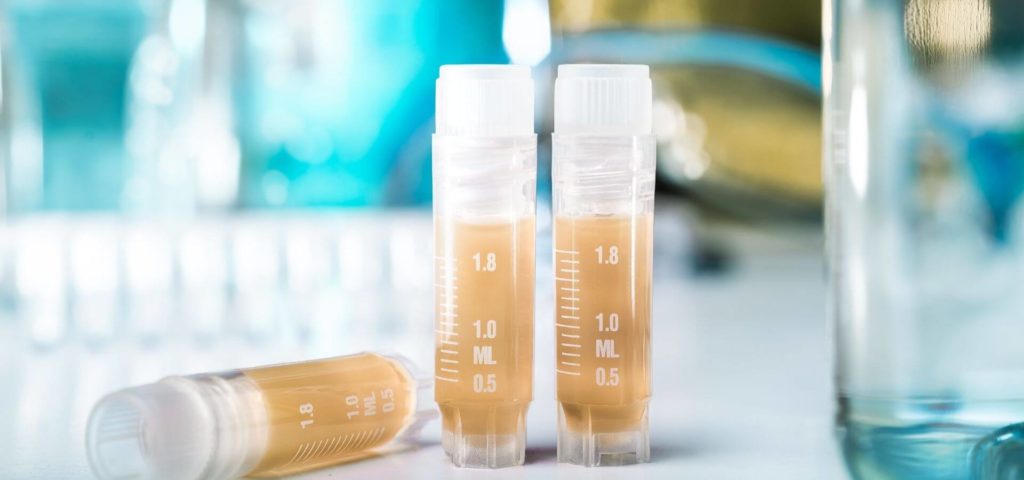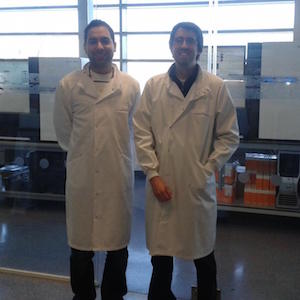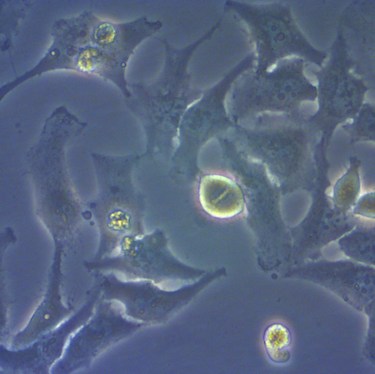Research
Our research
The constraints placed by delicate biological structures set many challenges for the science of cryopreservation. The chemicals which block ice formation and remove intracellular water are also toxic, to varying degrees. The complexity of this toxicity effect has been the biggest barrier to clinical application of vitrification in human tissues and organs. To unravel this complex sequence of interactions, we employ many techniques combining in silico and in vitro methods to minimize cryoprotectant toxicity and improve cryopreservation protocols.


Research
We employ computational and machine learning/AI methods to optimise cryopreservation. More specifically, our algorithm allow us to devise highly optimised cryopreservation protocols that exceed state-of-the-art methods.
Using big data, such as genomics, and data-driven approaches we identify genes and pathways that can be targeted pharmacologically to improve cryopreservation protocols. Specially, we aim to repurpose and develop drugs that minimize cryoprotectant toxicity, as well as develop new, safer cryoprotectants.
Ultimately we aim to improve cryopreservation protocols to make long-term storage of stem cells, engineered tissues, organs and whole organisms more efficient.
Methodology
Our experimental system employs human cells, such as Human Umbilical Vein Endothelial Cells (photo on the right), and mimicks (in a simpler way) the protocol that is often used for the cryopreservation of an organ.
In addition, we have experience in both small and large animal models, allowing us to scale up our experiments. We also have expertise studying brain sections.

Human Umbilical Vein Endothelial Cells (HUVECs) under the microscope

Publications
Cordeiro RM, Stirling S, Fahy GM, de Magalhães JP (2015) Insights on cryoprotectant toxicity from gene expression profiling of endothelial cells exposed to ethylene glycol. Cryobiology 71:405-412.
This work was performed as part of a collaboration with 21st Century Medicine, a California cryobiological research company.
